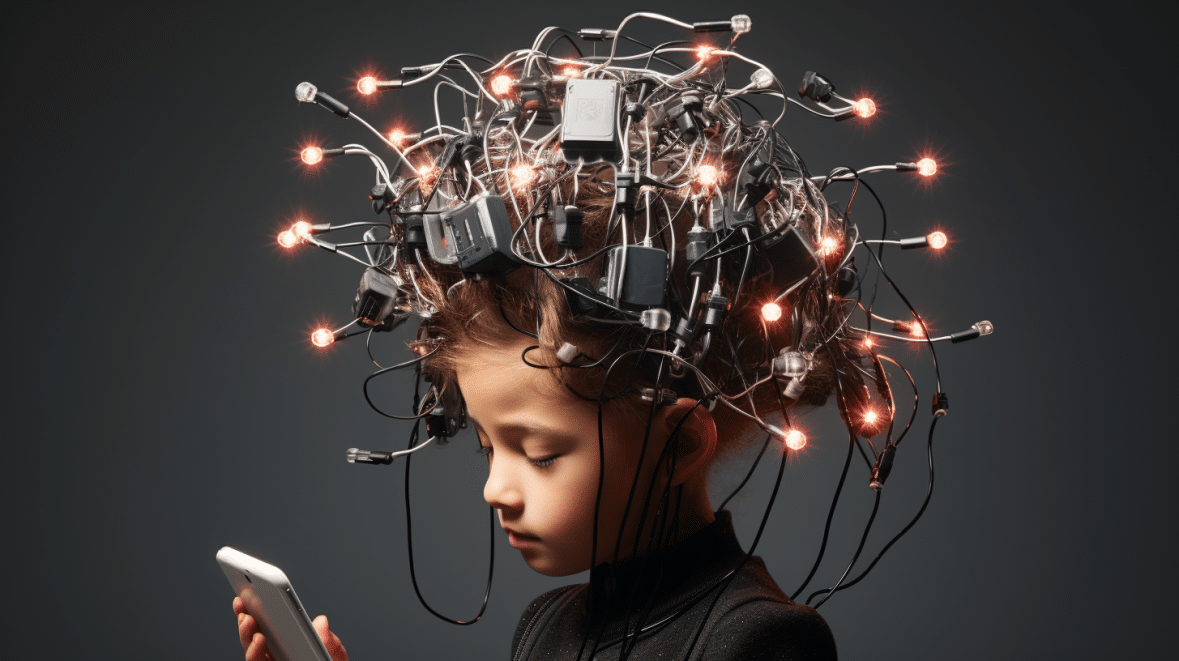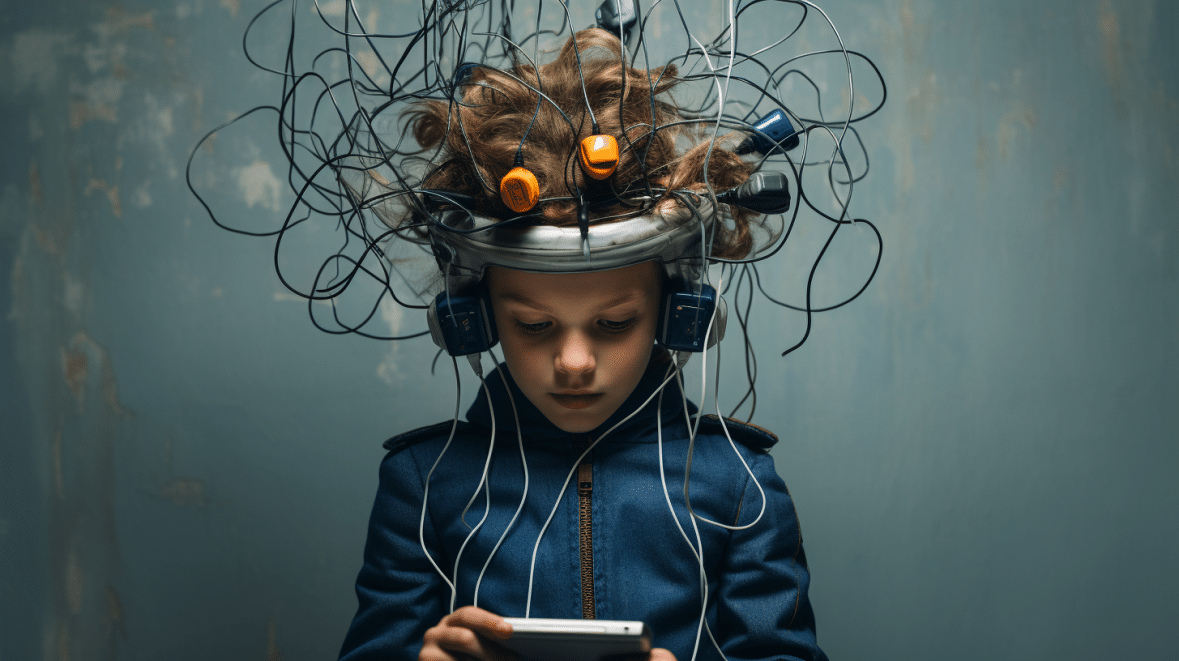Attention deficit hyperactivity disorder (ADHD) is one of the most common neurodevelopmental disorders affecting children.
A new randomized controlled trial published in the Journal of Korean Medical Science suggests that mobile neurofeedback training may help improve attention and reduce symptoms in children with ADHD.
Key Takeaways:
- 74 children aged 8-15 with ADHD participated in a 3-month mobile neurofeedback training program using an EEG headset and app.
- Children were randomly assigned to either neurofeedback training or a sham control group.
- Neurofeedback training was associated with reduced inattention on a visual attention test, while the sham group got worse over time.
- The neurofeedback plus medication group showed faster auditory response times on an attention test compared to the sham plus medication group.
- While not all results were significant, the findings suggest mobile neurofeedback could be a beneficial add-on treatment for ADHD symptoms.
Source: Clinical Psychopharmacology & Neuroscience
Overview of Mobile Neurofeedback Training
Neurofeedback training involves learning to regulate brain activity in real time using feedback on brainwave patterns.
Mobile neurofeedback delivers this training via mobile apps and headsets with EEG sensors.
In this study, children used the OMNIFIT BRAIN app for 30 minutes per day, 3 days per week for 3 months.
The app included games that provided real-time auditory and visual feedback on their theta/beta brainwave ratio, a biomarker of ADHD.
The sham control group used the same setup but received random feedback not based on their actual brainwaves.
Participants Showed Improvements in ADHD Assessments

To assess ADHD symptoms and executive function, participants completed clinical evaluations, parent questionnaires, and computerized neuropsychological tests at baseline, 3 months, and 6 months.
The neurofeedback-only group showed significant improvement in clinician-rated global functioning compared to the sham group.
On a test of visual attention called the ATA, the neurofeedback group’s omission errors fell into the normal range after training, indicating reduced inattention.
This improvement persisted at 6 months, while the sham group got worse over time.
Faster Responses to Auditory Stimuli with Neurofeedback
On the auditory portion of the ATA attention test, the neurofeedback plus medication group showed faster response times at 3 and 6 months compared to baseline.
In contrast, the sham plus medication group responded more slowly after the treatment period, suggesting the neurofeedback specifically enhanced auditory processing speed and attention.
Improvements Noted in Both Groups
While some specific benefits of neurofeedback training were identified, overall scores on clinical scales and neuropsychological tests improved in both the neurofeedback and sham control groups.
The researchers suggest this may be due to placebo effects and common elements like game playing and focused concentration during training sessions.
However, the neurofeedback training effects appeared more targeted to ADHD symptoms like inattention, impulsivity and processing speed.
Mobile Neurofeedback as an Add-On ADHD Treatment
The findings add to existing evidence that neurofeedback training can improve attention deficits and other hallmark ADHD symptoms.
Mobile delivery of neurofeedback makes the approach more accessible outside of clinic settings.
The researchers concluded that mobile neurofeedback is a promising auxiliary treatment that could be used alongside medication for children with ADHD.
Larger studies are still needed to confirm effectiveness.
This non-invasive, app-based technique may provide an alternative for kids who can’t tolerate ADHD medications or don’t get sufficient symptom relief from drugs alone.
References
- Study: The effect of mobile neurofeedback training in children with ADHD
- Authors: Seo Young Kwon et al. (2023)







